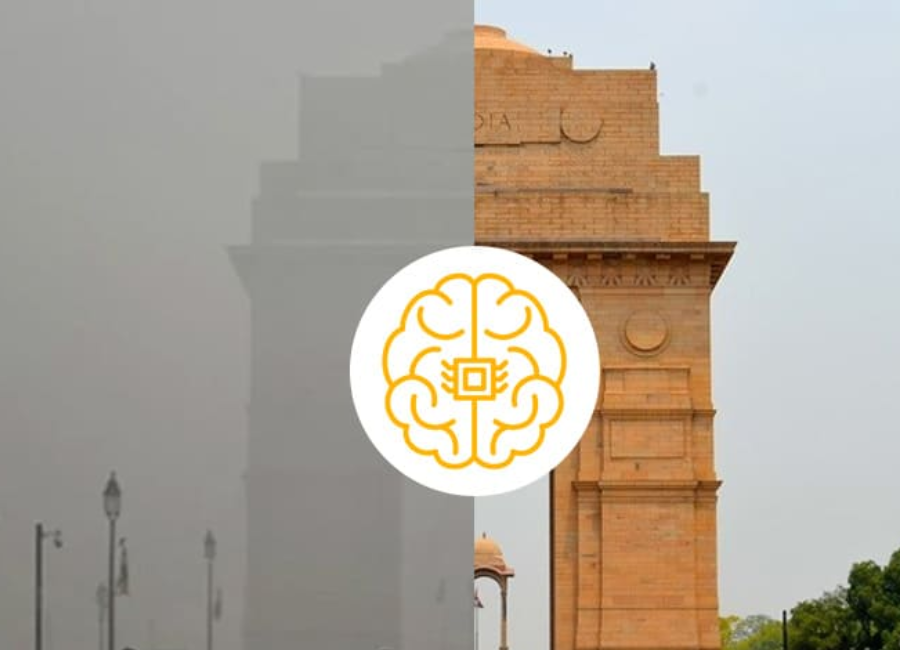In 2021, Google introduced Project Green Light, an initiative aimed at reducing pollution levels and enhancing traffic flow at traffic intersections in various cities. Recently, Google unveiled new AI-driven features to enhance the project’s effectiveness. Yossi Matias, Google’s Vice President of Engineering and Research, shared that early results show the potential for up to a 30% reduction in stops and a 10% reduction in emissions at intersections.
Project Green Light is currently operational in 70 intersections across 12 cities, including Haifa, Rio de Janeiro, and Bangalore. In intersections where Green Light is active, it can save fuel and lower emissions for approximately 30 million car rides each month.
Google employs AI and Google Maps driving trends to model traffic patterns and provide recommendations for optimizing existing traffic light plans. These recommendations can be implemented by city engineers in less than five minutes. By optimizing multiple adjacent intersections, cities can create synchronized waves of green lights, improving traffic flow and reducing stop-and-go emissions.
Google has developed AI-based models for each intersection, encompassing its structure, traffic patterns, light scheduling, and interactions between traffic and light schedules. Based on these models, Google generates AI-based optimizations and offers recommendations to city engineers. For example, it might identify opportunities to synchronize previously unsynchronized intersections and suggest timing adjustments to improve traffic flow along a road stretch.
In India, Project Green Light has been implemented in cities like Bangalore, Hyderabad, and Kolkata.







